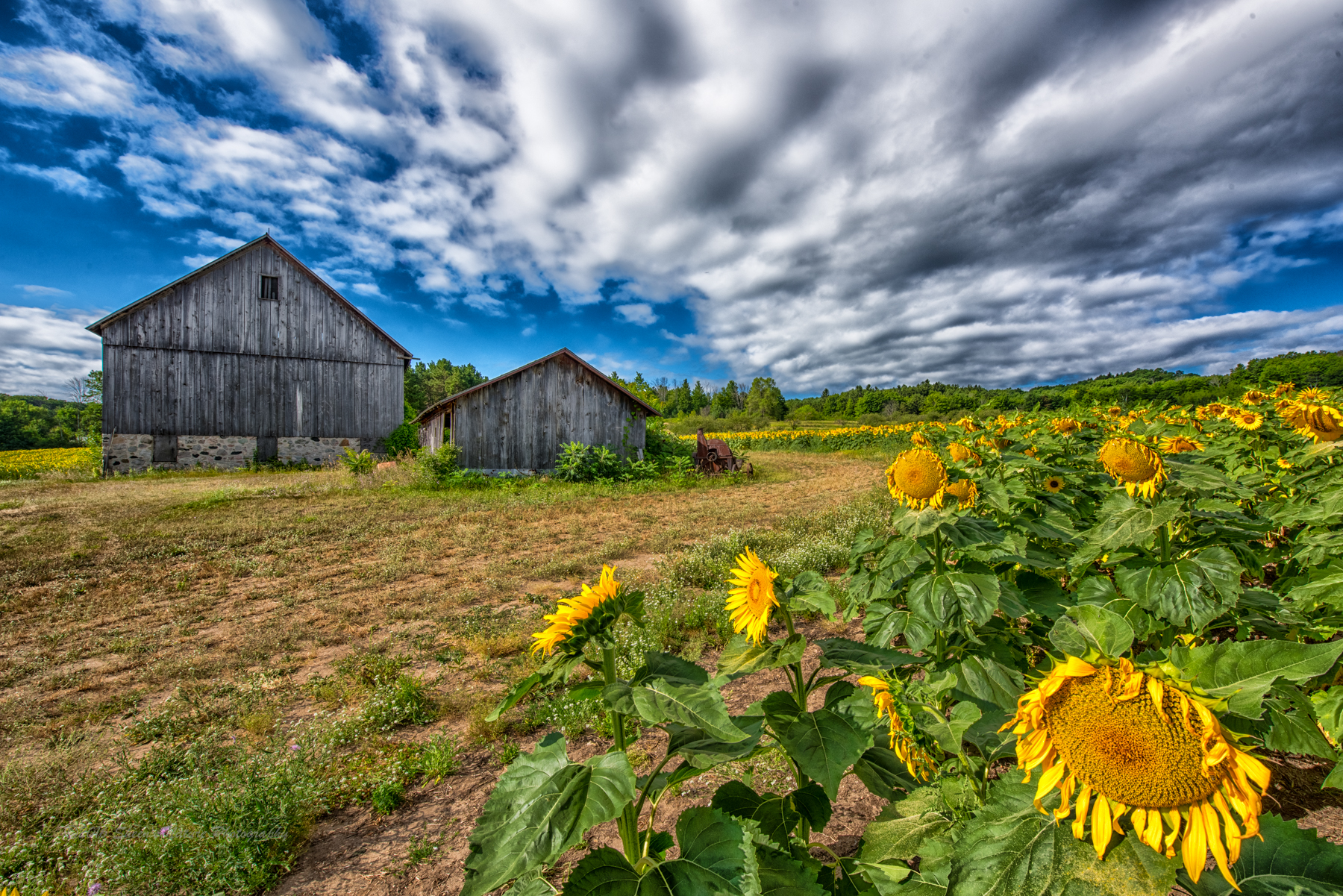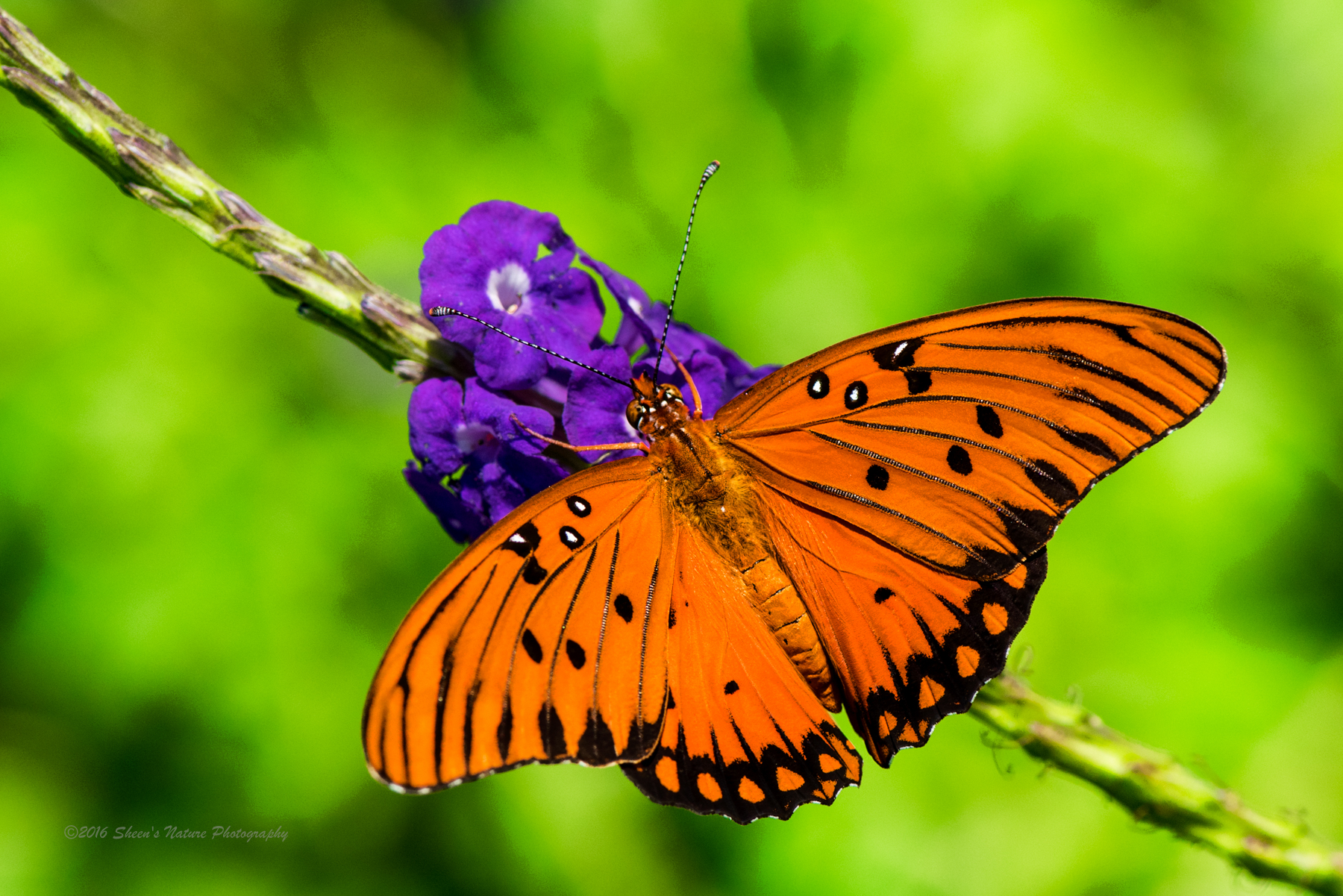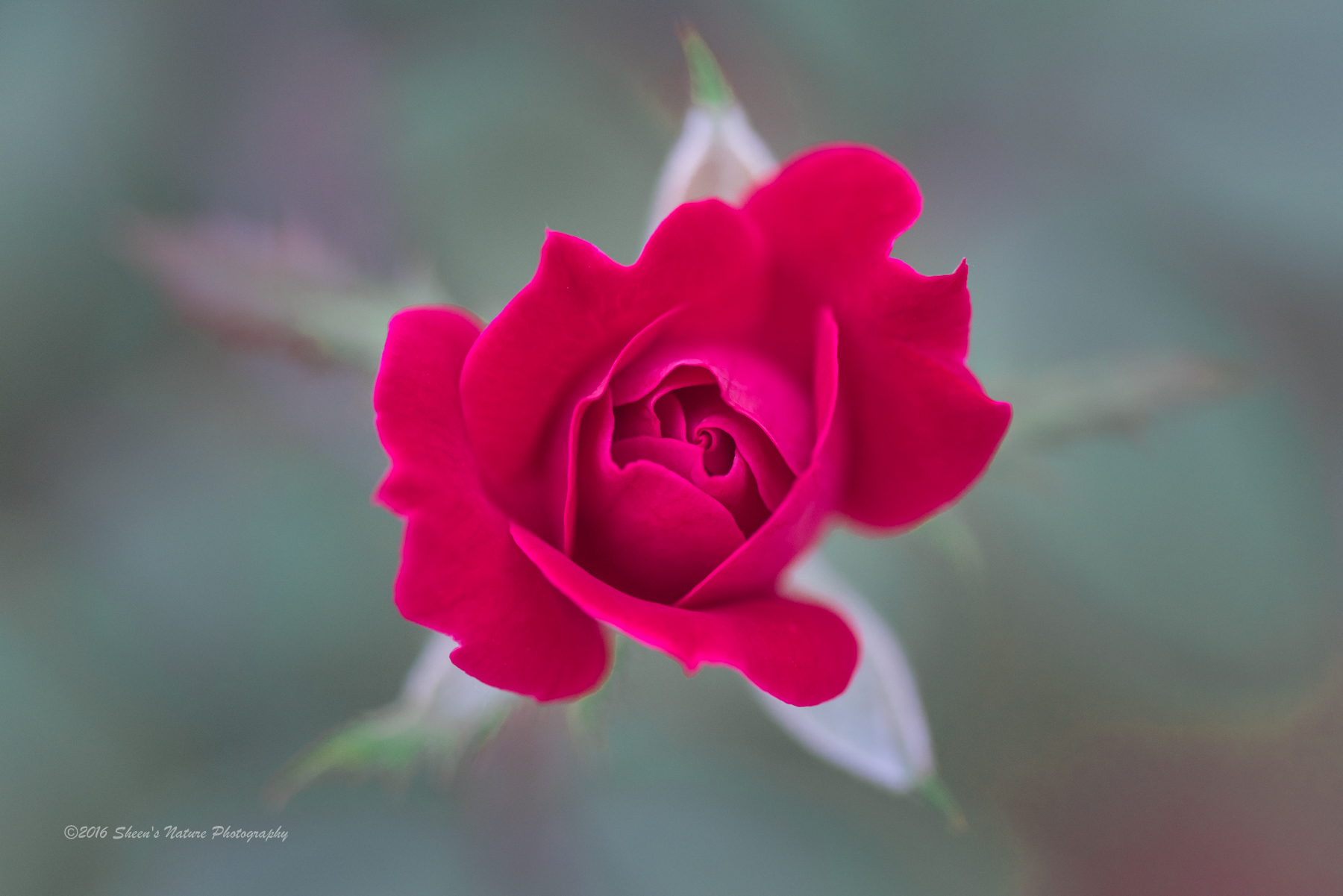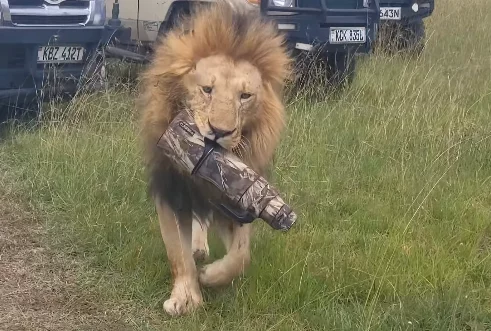A Passion For Photography
Most of us have at heard the phrase “Eat, Pray, Love.” From the title of a best-selling book followed by a movie, by author Elizabeth Gilbert. I have to confess that the title and premise of being in search of ‘everything', was certainly intriguing.
The storyline was based on one woman's soul search for meaning across multiple countries.
As a photographer, I have my own similar title about photography. If I were to write a book, or in this case, an article for Light Stalking it would be: “Eat, Photograph, Love“.
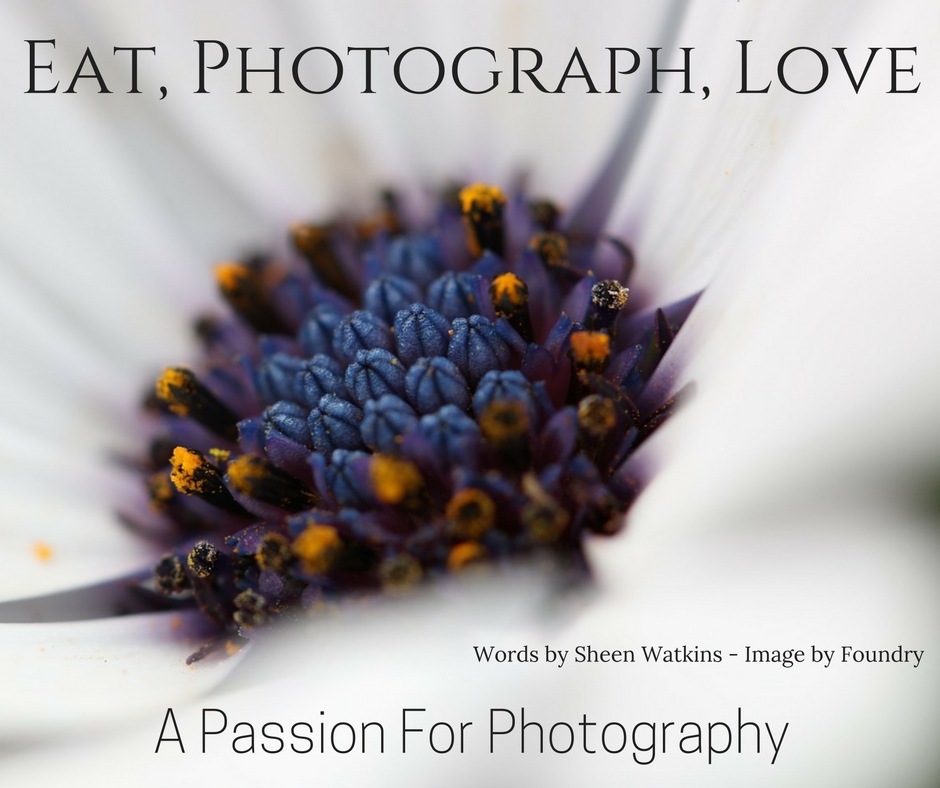
What Photography Means To You
Photography ranges from being a casual hobby, a passion, a form of therapy, or a part-time to a full-time profession. There's a story and some meaning behind each photograph, even though it may or may not be an intriguing one to someone else.
There certainly is passion in photography for many of us, and here I will demonstrate just how this passion translates for me.
Eat
In photography, there needs to be food for the creative mind to inspire learning and growing. We also need edible food to have physical endurance for our shoots and post processing – it's not as easy as clicking a shutter button (I wish it was, sometimes).
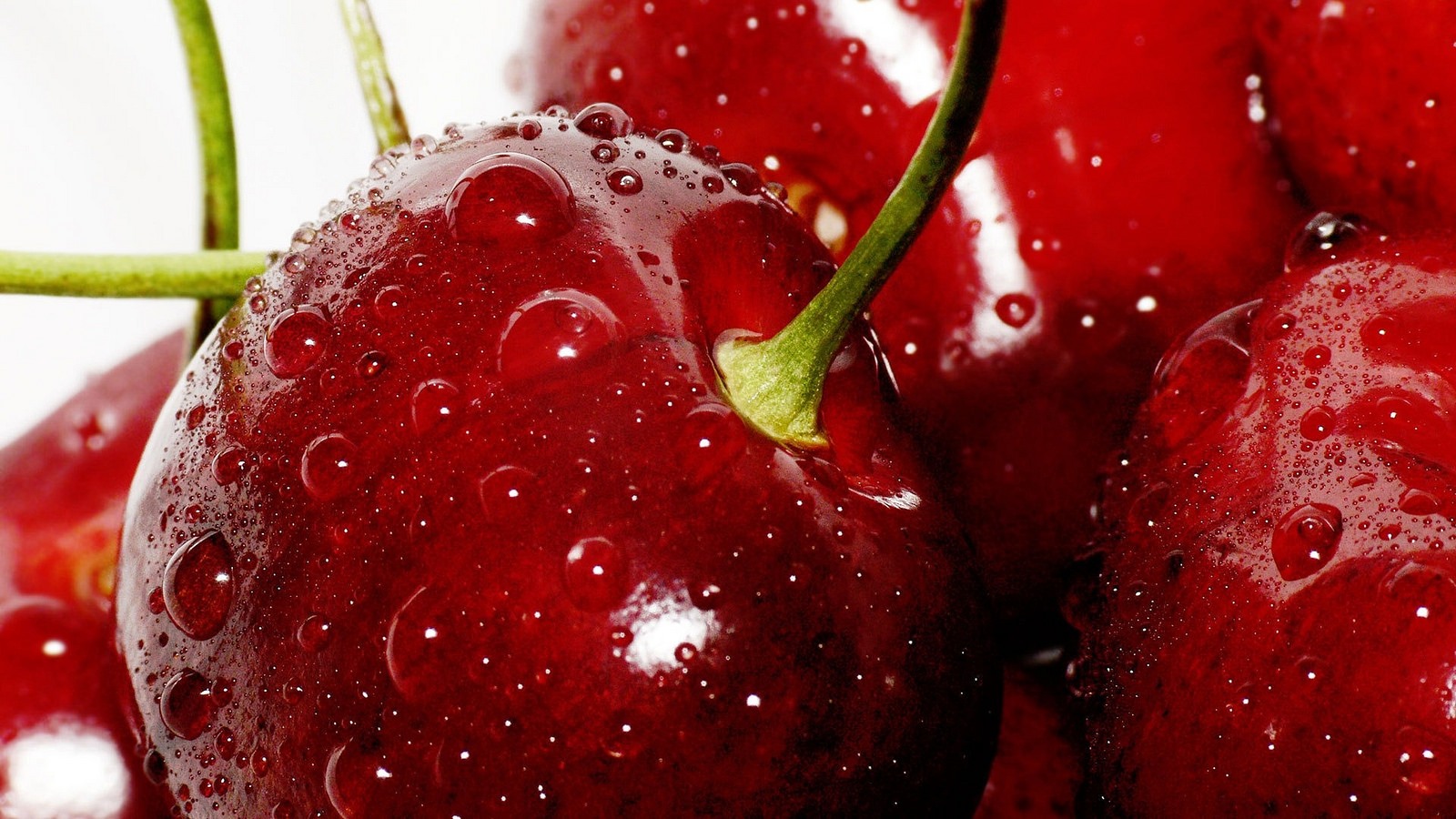
by Michael Stern
Food For The Creative Mind
For beginners and those early in their photography, there is an urgency in our motivation to learn, study and ask questions. Everything is new, ready to be explored.
Books, blogs, training, workshops, photography pages and social media sites dedicated to photography are everywhere. There is such an abundant amount of information, that it can be overwhelming to find a quick answer to an easy question.
For example: Just google “How to use aperture priority mode?” and you will find countless pages filled with links to blogs and photography sites.
As it happens, we have a couple here at Light Stalking (so there's no need to go zig-zagging through Google):
Why Aperture Priority is the Most Preferred Shooting Mode by Photographers
A Beginner’s Guide to Using Aperture Priority Mode
Anyway, back to the topic of creativity. We know that routines and habits develop over time. Our eyes can unintentionally be trained to find the same subjects, same perspectives. Ultimately this impacts our creativity – our minds have been tainted with familiarity too.
It may be almost as challenging to have a fresh eye as a seasoned photographer as it is getting started in photography.
If you personally find yourself falling within these category lines, there's hope on the horizon. Camera clubs with themed competitions, photography projects, taking on assignments outside of your comfort zone and shooting with other photographers will feed new inspiration.
From Boring to Soaring – Create Your Own Photography Project
Photographers – Why You Should Buddy Up
Food For The Shoot
Carrying our gear, setting up and breaking down our equipment combined with mental focus can quickly work up an appetite. To maintain stamina, keep snacks nearby and eat before you start to feel hungry.
Though food should be enjoyed, if you're out in the middle of a shoot that requires quite some concentration or physical ability, you're not going to feel good if you're feeling weak and hungry!
This will help keep your energy level stable. Look for foods that have a low glycemic index to maintain a steady energy level and prevent sugar highs and lows.
The foods illustrated in the article Getting Started With Food Photography are not packable, but they do look delicious!
Photograph
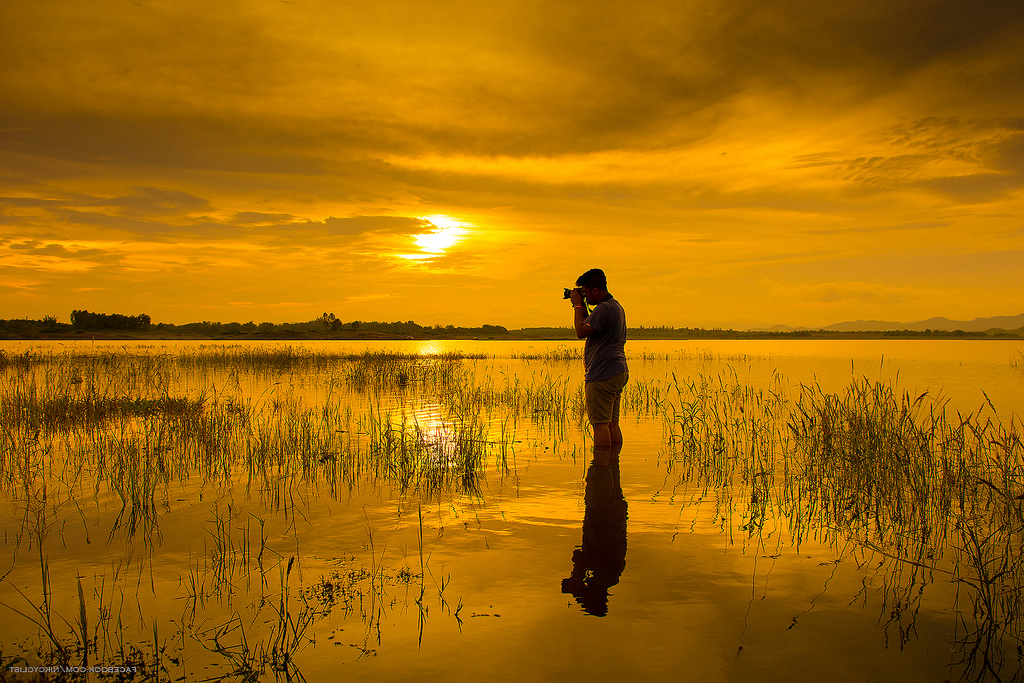
Prachanart Viriyaraks
Time behind the camera is time well spent. It's how we plan and spend those precious moments that determine our personal satisfaction with our work.
We should maintain flexibility in our plan for the unexpected. Something may emerge that may be worth or require altering the plan. Here are a few ideas to ensure we remain focused and flexible as needed!
- Forced Flexibility:
An example of forced flexibility happened several weeks ago. I had big plans to photograph big sunflowers with my 105mm macro and 50mm lenses.I had not considered that this year's crop may not look like the sunflower crops of the past two years.I had heard about a new area and arrived early to spend the morning.I was disappointed to find they were dry, small and wilted! The rainfall had not been enough to produce the same type of harvest. I drove through the property and found another perspective that worked.“If your subject doesn't work, work to find another subject!”
- Pack for the Unexpected:
Using the example above, I was very glad to have had several lenses, my tripod, and filters. If I had just brought my macro and 50mm, I would not have been able to take advantage of the extra-wide angle opportunity.My husband always says, “you'll never regret taking your gear with you, you'll regret it if you're twenty miles away and don't have it.” Don't tell him, but he's right. - Work with One Lens:
This sounds like the opposite of number two. I'm a believer in packing for the unexpected. However, that does not minimize the opportunity for creativity when working with one focal length or a couple of lenses.Prime lenses, such as the nifty fifty and others infuse a little spark and fun. Going Fast. Why You Should Have at Least One Fast Lens - Stick with Your Subject & Work Your Settings:
If you're a wedding photographer, this is a no-brainer. Wedding photographers stay with their subject for the entire event. If you're a bird, wildlife, nature, sports photographer, this one's for you. Butterflies, birds, athletes and other creatures move quickly.
Lighting and backgrounds can change within a shutter click. If you have a subject that moves, many photographs are needed to get a few that you'll really like.This also includes making setting adjustments on the fly as your subject darts in and out of different lighting and backgrounds. - Lastly, Get Out of Your Comfort Zone:
We all have our favorite subjects and areas to photograph. Review your last three or four shoots. Are you seeing more of the same? Or, are you seeing a lot of diversity?
What post processing techniques are your standards? What new post processing technique have you tried in the last few weeks? Invest time in exploring new subjects, projects and post processing techniques.
Here are some fantastic post ideas to get you thinking.
Lost for a Photography Project? Try a Scavenger Hunt
3 Ways to Bring Out Your Artistic Flare
Love
Photographers are a different breed. Check out: How Photographers See the World Differently. We love talking about f/stops, ISO, lenses and post processing techniques.
If it's about photography, we are all in! We tend to be a little bit on the perfectionist side (nothing wrong with wanting to get it right). I've found over time a few personal photography lessons to live by. They include:
- Photograph what you love, enjoy seeing and what makes you smile. Photograph what makes you think, stop and pause. If you photograph what intrigues you, it will show in your work. People will sense your passion for photography here.
- Share what you're proud of. Share your work using social media, prints, booklets with family, friends and with other photographers. Display your work on screen savers, your walls, in emails as a greeting to others. They do appreciate our work and artistry.
- Love your mistakes, they make you a better photographer. All of those unused, deleted images were the practice runs for the images that are your favorites.We may forget to turn on or off vibration reduction, not use the optimal setting, have a distracting element in that image of a delicate flower.
It's through our mistakes, practice, trial & error, that our eyes become sharper ‘in the moment of the shoot'. - Don't lose sight of what inspired you to get into photography. If street photography was where you started and it's been a while, hit the streets and start clicking. Go back to where you came from, because chances are you'll find new sources of inspiration
What do you want to photograph next? Will your adventure take to your backyard, a nearby city or many miles away? As you search for your next subject remember to “Eat, Photograph, Love” – this philosophy of mine has served me very well so far…
Your Passion For Photography…Your Top Takeaways
- Whether photography's a mere hobby, an indulgent passion, part-time career or you're making a living from it altogether, the fact we put a story behind each photograph makes us a truly equal breed of folks.
- Remember to keep yourself fuelled up. A great deal of photography (particularly outdoors) will often be quite exerting, this can be from either dashing around grabbing shots or lugging heavy gear up a hill to get ready for sunrise!
- Be prepared, not everything always goes to the most well-laid out plans! And get outta your comfort zone, restrict gear/try a new location/change your style – you never know what will come out of it!
Further Resources
- How to Get Out of Your Comfort Zone as a Photographer
- 8 Ways to Rekindle Your Passion for Photography
- Plan B – The Advantages of Being Flexible when Shooting
- 3 Ways For Photographers to Bring Out Their Artistic Flare
- 10 Ugly Realities Of Being A Photography Addict
The best way to develop and grow your passion for photography is to pull out the gear and start taking pictures. Make mistakes and learn. From time to time, however, we need to get our heads in those books (so to speak) and learn something new.
A great place to start could be with Photzy's Creativity Catalog – reignite your enthusiasm for your passion!
